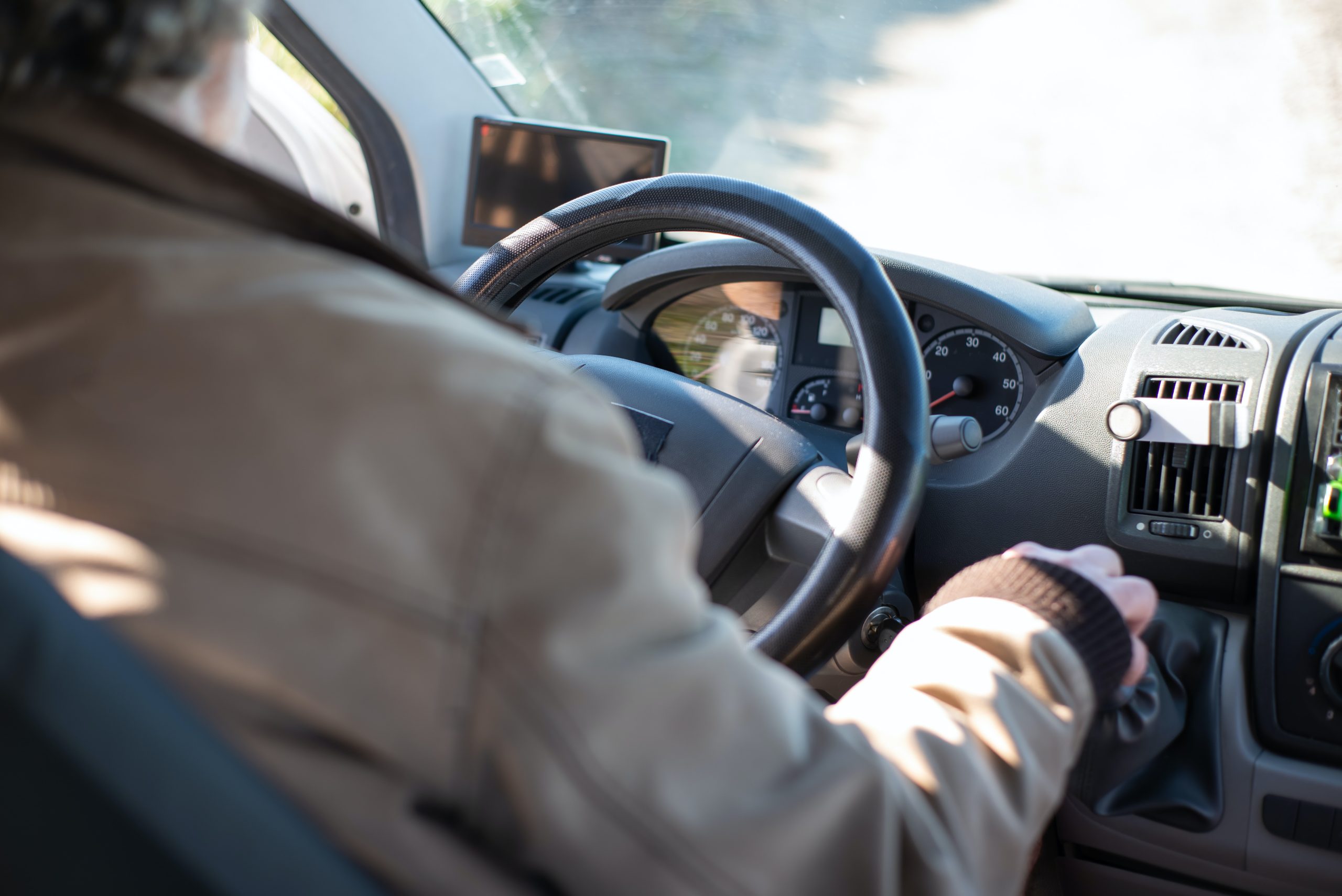If you’re driving long distance to visit loved ones, or are taking a road trip this holiday season, the last thing you want is to get out of the car with back pain that spoils your vacation. A good driving posture can help prevent stiffness and aches.
Prolonged periods of driving have been shown to be a risk factor for back pain. Sitting in a fixed position for too long can make you stiff and sore, and for around 9.7% of older people, it’s painful to get in and out of the car, according to a study at Loughborough University.
The vehicles we drive can exacerbate the problem. Car seats often don’t accommodate the curve of the lower back, and smaller cars may not offer enough legroom and head space for healthy posture.
What's the impact of poor driving posture?
The symptoms of poor posture when driving can include the following:
• Cramp
• Stiffness
• Pins and needles
• Aching shoulders or neck
• Chronic back pain
• Spinal problems
Ten top tips for good driving posture
- Adjust your seat so it is high enough to give you good vision of the road while still allowing clearance above your head. Make sure that your hips are at least as high as your knees. This will support circulation to your back, whilst opening up your hips.
- Move the seat until you can comfortably reach the pedals and push them fully down with your entire foot. The left foot should be resting on the footrest whenever you are not using the clutch, as this increases support to both the pelvis and back.
- If you can make the adjustment to your seat, make sure your thighs are supported without pressure around your knees. Make sure the backs of your knees do not touch the car seat bottom, as this is bad for your knees and your circulation. There should be at least a two finger gap between the back of your knee and the seat.
- Check the angle of the seat back. If you are leaning back too far you’ll have to bend your neck too far forward, which can cause neck and shoulder pain and tingling in the fingers. Slide your tailbone as close to the back of the seat as you can. The angle of the seat back should be a little greater than 90 degrees to your seat to put the least pressure on your back.
- Adjust the lumbar support where possible so it comfortably fills the arch of your back. If this isn’t possible, use a cushion to offer additional support. This can really help with lower back pain.
- If you can, adjust the position of your steering wheel to reach it easily. Make sure it doesn’t obstruct your view of the dashboard.
- Adjust the head restraint so that it’s as high as the top of your head and as close to the rear of your head as possible to avoid whiplash injuries.
- Put on your seatbelt and make sure it is adjusted correctly so it is tight with the lap belt over the pelvic region and the diagonal strap over the shoulder, not the neck – adjusting the height of the fixing if possible. Pregnant women should place the lap belt flat on the thighs – beneath the abdomen.
- Adjust your mirrors to ensure you don’t have to crane your neck to view them fully. The same goes for the position of your sat-nav.
- Take breaks! Listen to your body and take breaks when you start feeling tired or stiff. Get out of the car and stretch fully to release tension.
Driving comfortably on long road trips
Make sure you’re well prepared for long distance driving, to minimise stress and anxiety which will make you tense.
If you’re driving abroad, consider the changes you might need to make to be able to drive well on the right. For example, loading luggage in a way that doesn’t obscure your view so that you have to crane your neck to see in the mirrors.
Osteopathy can prevent problems
If you’re planning a road trip this holiday season, why not get checked out and receive advice from one of our osteopaths?
If you’ve just finished driving long distances, and are feeling stiff and in pain, don’t worry – one of our experienced osteopaths can support you to regain your mobility.
Book your appointment today, via our webpage

